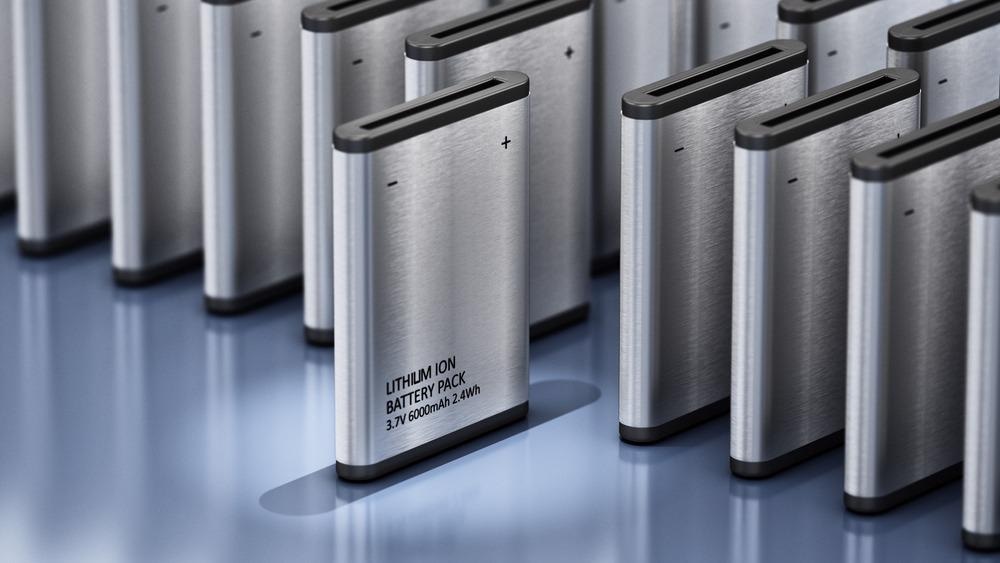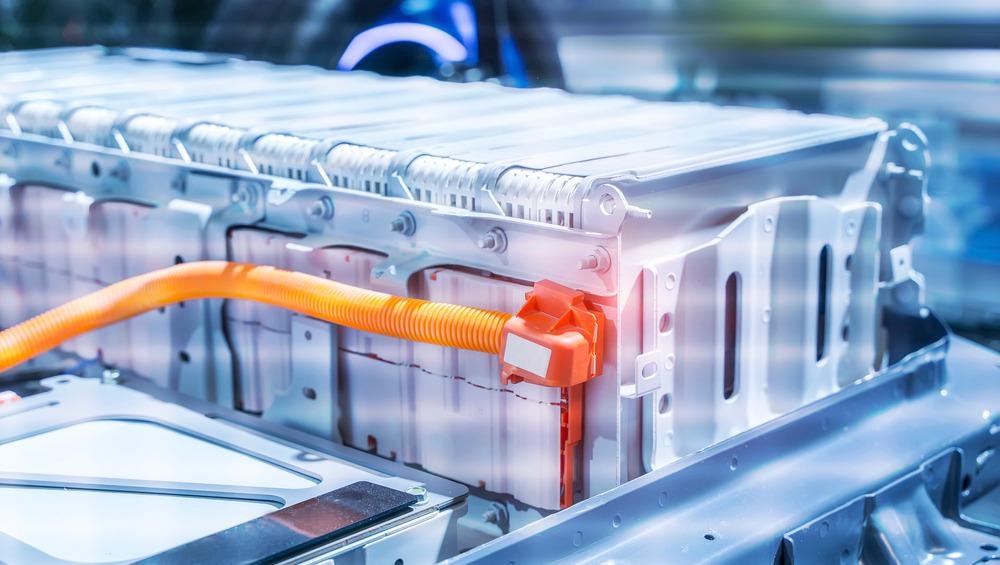Solid Electrolyte battery Lithium ion-based batteries are promising for large-scale energy storage applications because of their safety, cycling longevity, and high power density.1

Image Credit: ShutterStock/cigdem
The electrodes for these batteries are fabricated from multiple layers of active powders. Binders are needed to form these layers. However, binders contain contaminants that decrease the cell performance. This can be a problem in the fabrication process that can be addressed by using QPAC®, which is a clean thermally decomposing binder.
Work has been done using QPAC®40 Polypropylene carbonate, PPC, and QPAC ®25 Polyethylene carbonate, PEC, to form the sheets used to make the multi-layer electrodes. The binder effectively disperses the solid electrolyte active particles and other conductive additives. It is then used to temporarily bind the particles together to form the sheets. The PPC also offers flexibility to the green part because of its low TG. This allows for easy handling and fabrication of the green parts.

Image Credit: ShutterStock/asharkyu
After the layers are formed and are stacked together the binder is thermally removed. This decomposition process can take place at temperatures less than 300ºC. Any residuals such as carbon are also completely removed during this thermal treatment process. The complete removal of the binder results in the conductivity of the Solid Electrolyte not being compromised and a high energy density and enhanced rate capabilities.
The work done by the researchers shows that QPAC® binders can be used to disperse and bind the particles that form the electrodes / solid electrolyte sheets. The binder can be completely removed at low temperatures in an oxygen-free environment eliminating any risk of carbon deposits.
The full article is: Binder-free sheet-type all solid-state batteries with enhanced rate capabilities and high energy densities by Mari Yamamoto, Yoshihiro Terauchi, Atsushi Sakuda and Masanari Takahashi.
References
1. Yamamoto, M., Terauchi, Y., Sakuda, A. et al. Binder-free sheet-type all-solid-state batteries with enhanced rate capabilities and high energy densities. Sci Rep 8, 1212 (2018). https://doi.org/10.1038/s41598-018-19398-8

This information has been sourced, reviewed and adapted from materials provided by Empower Materials.
For more information on this source, please visit Empower Materials